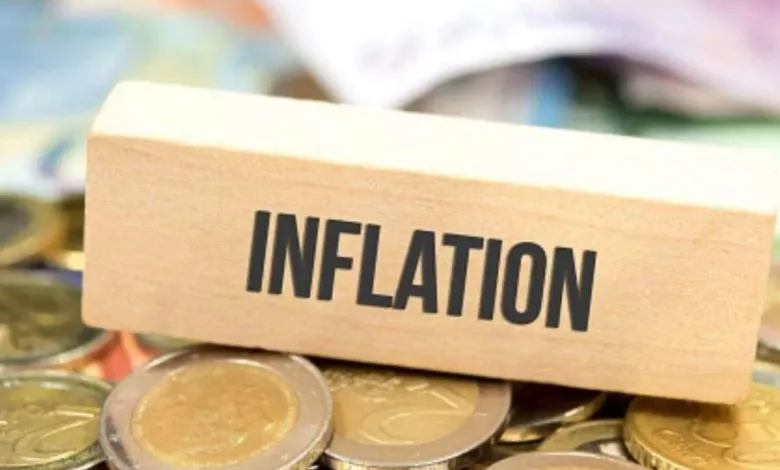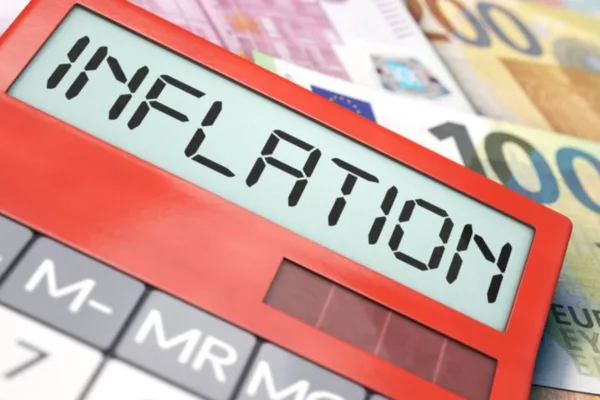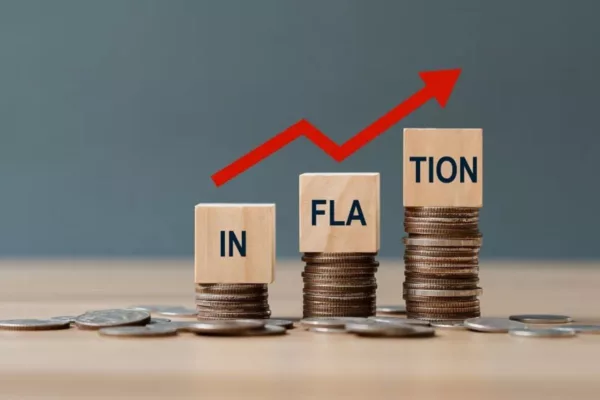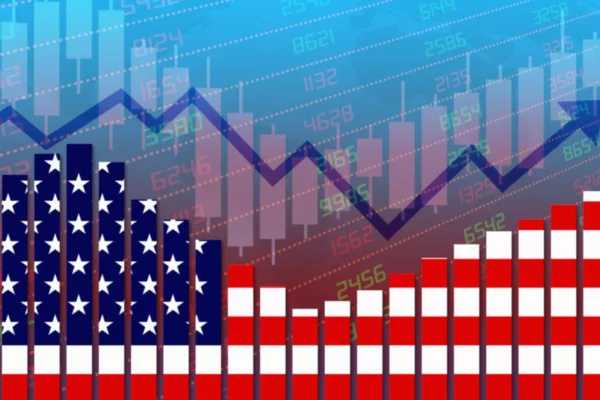Inflation and consumer spending in the US decreased in December 2022.

Inflation and consumer spending in the US decreased in December.
The favourite inflation gauge of the Federal Reserve slowed down even more in December, and consumer spending decreased as well. This is the latest proof that the Fed’s ongoing increase in interest rates is weakening the economy.
The US Department of Commerce released a report on Friday that indicated prices increased by 5% last month compared to the same period the previous year, down from a 5.5% increase in November. It was the third consecutive decline.
Consumer spending decreased by 0.2% from November to December after being corrected to indicate a decline of 0.1% from October to November. Many retailers had slow holiday sales in 2018, and the last two months of 2022 saw the lowest expenditure levels since the previous two years.

Officials of the Fed, attempting to cool the economy by increasing the cost of lending, will probably welcome the decrease in consumer spending. Their belief that inflation constantly declines may increase if expenditure were to slow down. However, the drop in inflation year over year was in line with the Fed’s forecast and is not likely to change predictions that it would increase its key rate by a quarter point next week.
Monthly inflation increased by just 0.1 per cent for the second consecutive month from November to December. The cost of goods decreased overall, and energy prices declined by 5.1 per cent.
“Core” prices, which do not include the variable cost of food and energy, increased by 4.4 per cent from the previous year and by 0.3 per cent from November to December. The yearly percentage was down from 4.7 per cent in November, but it was still much above the Fed’s 2 per cent target.
Retail prices of goods like vehicles, furniture, and clothing have been held down by declining prices for commodities like oil, gas, copper, lumber, wheat, and other raw materials and the unclogging of supply chains.
However, some items and services continue to see consistently significant price increases, such as eggs, which rose dramatically last month by 60% compared to the previous year. Due to an avian flu outbreak that resulted in the culling of herds and increased feed costs, egg prices increased by 11.1 per cent in December.

Additionally, the cost of renting a car increased by 1.6% in December, or nearly 27% since last year. However, inflation is declining for many other goods. Although growing over 14 per cent over the past year, coffee costs only increased by 0.2 per cent in November. Furthermore, the price of clothing and footwear increased by merely 3% over the last year and 0.3 % in the previous month.
The findings released Friday differ from the consumer price index’s more well-known inflation statistics. Earlier this month, reported CPI likewise demonstrated a consistent slowdown.
Oren Klachkin, head US economist at Oxford Economics, referred to consumers, whose spending accounts for around 70% of economic activity, saying that the most recent data “provide the first clear indicators that the economy’s main engine is faltering.”
The Federal Reserve has been working on cutting down the nation’s spending, growth, and rising prices for almost two years. Its benchmark rate, which impacts many consumer and corporate loans, is now in the 4.25 per cent to 4.5 per cent range, up from around zero last March.
Although inflation has been slowing, most experts believe that the Fed’s harsh medication will cause the economy to enter a recession at some point this year.
According to Lydia Boussour, senior economist at EY Parthenon, “we continue to expect the US economy to undergo a moderate recession this year.”
very little unemployment
Widespread layoffs and rising unemployment are typical effects of a recession. But for now, US firms are hiring more people, and the jobless rate is still at a record low of 3.5%.
A group of academics from the National Bureau of Economic Research, a nonprofit organisation that formally assesses when recessions begin, might eventually declare one should job losses, which are happening in many banking and tech industries, increase unemployment. The NBER economists often release such information after a recession has started.
For the time being, the number of people applying for unemployment benefits, which serves as a proxy for layoffs, decreased last week to 186,000, which is historically very low. And Walmart, the largest employer in the country, announced that it would raise the minimum wage from $12 to $14 an hour to help it retain and recruit workers.
The situation for the Fed is becoming more precarious. The central bank’s chairman, Jerome Powell, has emphasised that it intends to keep raising and maintaining its benchmark rate, possibly through the end of the year. But if a severe recession starts, such an action might become unsustainable.

According to government data released on Thursday, the economy expanded at a respectable rate in the final three months of last year, but one-time factors fueled a large portion of that growth: As supply chain bottlenecks dissipated and the country’s trade deficit decreased, businesses replenished their depleted stockpiles.
However, the overall level of consumer expenditure declined from the prior quarter in October through December, while company investment fell significantly. The economy grew overall at a 2.9 per cent annual rate in the October to December quarter, somewhat slower than the 3.2 per cent pace in the prior quarter.
Businesses’ profit margins will narrow, and many may have to make cost cuts if consumers don’t increase their willingness to spend. Eventually, the pattern can bring about waves of layoffs. Bank of America economists expect the economy will expand marginally in the first three months of this year, then contract in the next three quarters.
Increased consumer austerity could put the economy at risk of a downturn. They can, however, also aid in deflation. Companies cannot raise prices indefinitely if consumers refuse to pay the increased costs.
According to the Federal Reserve’s beige book, which compiles anecdotal observations from companies around the nation, many shops have reported problems passing on cost increases, which may indicate that consumers are more price sensitive.
Edited by Prakriti Arora




